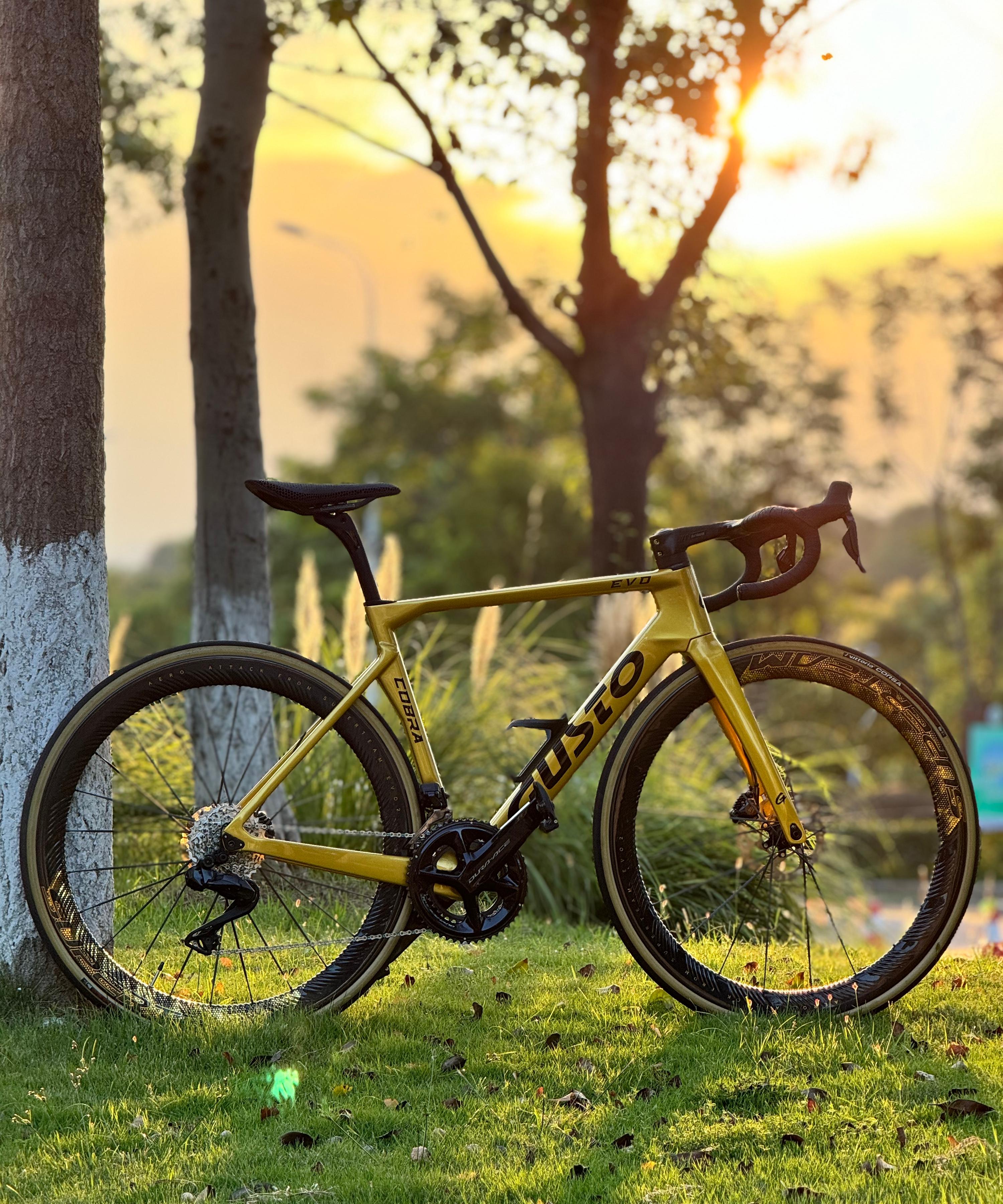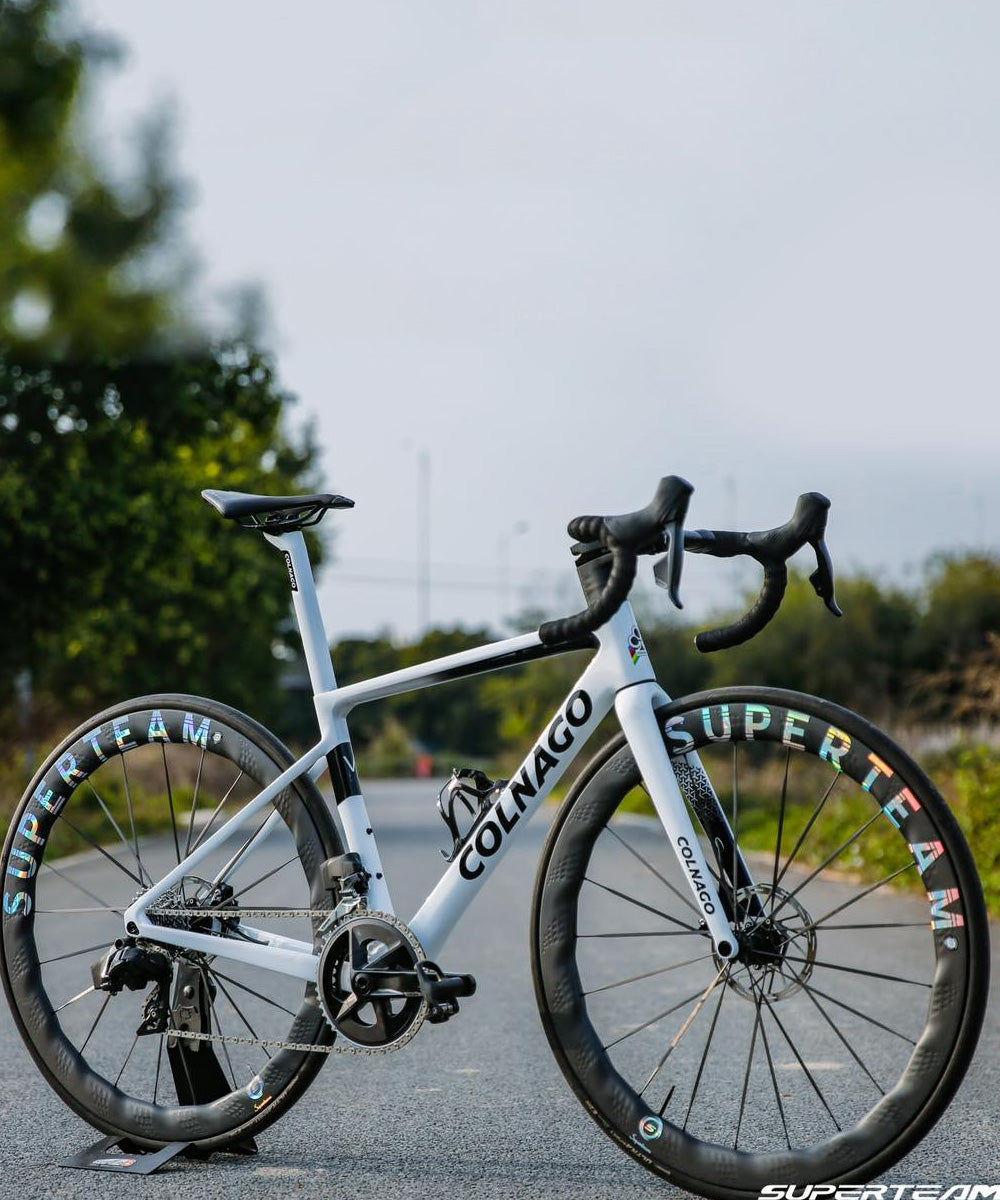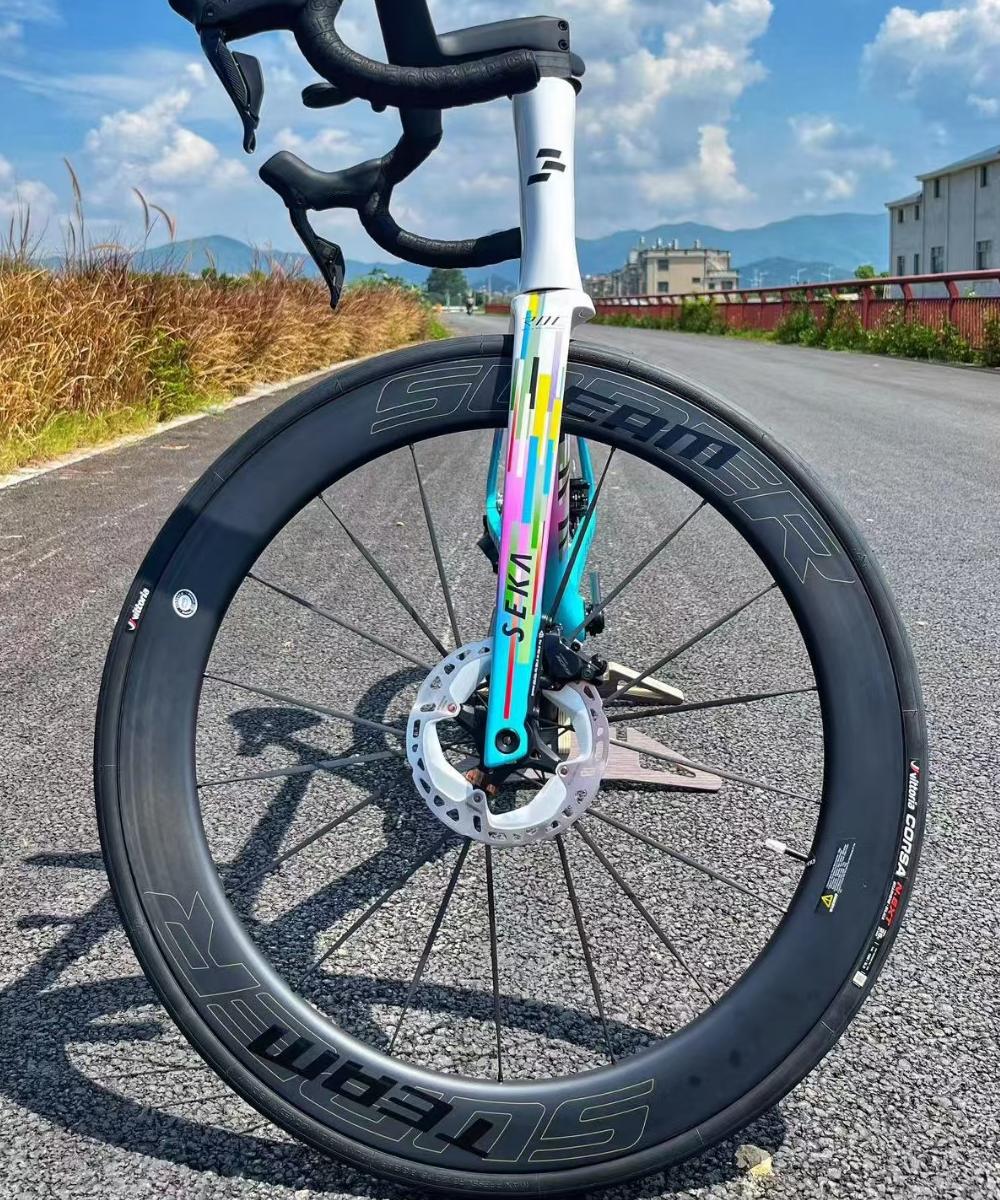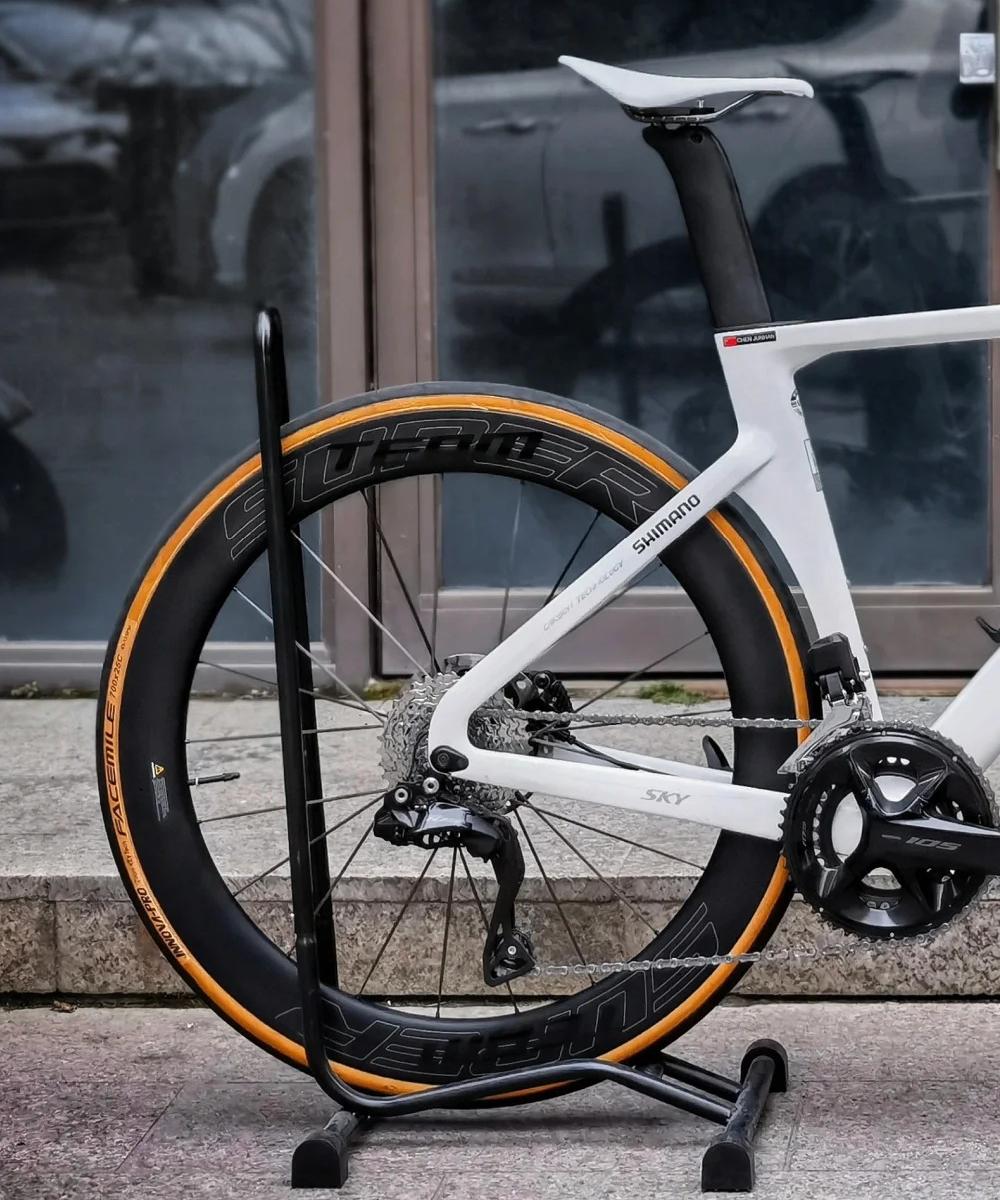The Impact of Axle Type (QR vs. Thru-Axle) on Wheelset Stiffness
When it comes to bicycle wheelsets, axle type plays a crucial role not only in how you mount your wheels but also in the overall performance and handling of your bike. The two most common axle standards today are Quick Release (QR) and Thru-Axle. While both serve the basic purpose of securing the wheel to the frame or fork, they differ significantly in design and impact on wheelset stiffness and bike handling.
In this article, we explore how QR and Thru-Axle systems affect wheelset stiffness, why stiffness matters, and what it means for your riding experience.
Understanding QR and Thru-Axle Systems
Quick Release (QR): The traditional standard, QR uses a hollow skewer running through the hub axle, clamping the wheel to the dropouts via a cam lever. QR systems generally have 5mm diameter skewers and open, fork or frame dropouts.
Thru-Axle: A more recent design, the Thru-Axle is a solid, larger-diameter axle (usually 12mm or 15mm) that threads directly into the frame or fork, securing the wheel firmly. This system requires specific hubs and frames with closed dropouts.
What Is Wheelset Stiffness and Why Does It Matter?
Wheelset stiffness refers to the resistance of the wheel to flex or twist under loads, especially lateral (sideways) forces. Stiffer wheels translate rider power more efficiently, improve handling precision, and contribute to overall bike responsiveness.
Too much flex can result in energy loss, less precise cornering, and a less confident ride. Therefore, stiffness is a critical factor in performance-oriented wheelsets.
How Axle Type Affects Wheelset Stiffness
1. Axle Diameter and Material Strength
Thru-axles are thicker and made from strong materials like aluminum or steel, allowing a more rigid connection between the wheel hub and frame. In contrast, QR skewers are thinner and rely on clamping pressure against open dropouts, which can allow some flex or movement under high loads.
2. Dropout Interface
QR Dropouts: Open-ended slots that rely on the quick-release lever’s clamping force to keep the wheel in place. This design is easier for quick wheel changes but less rigid overall.
Thru-Axle Dropouts: Closed, threaded interfaces that sandwich the hub axle securely between two solid walls, greatly reducing lateral and torsional play.
3. Hub Design and Flange Support
Thru-axle hubs are designed to work with the larger axle diameter and closed dropouts, often resulting in wider flange spacing. This wider flange spacing can improve spoke bracing angles, contributing to lateral stiffness.
Real-World Impacts on Riding
Improved Handling: Bikes with thru-axles typically feel more precise in steering, especially during aggressive cornering or technical riding, due to reduced wheel movement.
Power Transfer: Less axle and dropout flex means more of your pedal power goes into forward motion, particularly noticeable in sprints and climbs.
Brake Compatibility: Thru-axles often pair with disc brake systems, which exert higher forces on the hub; the increased stiffness helps maintain wheel alignment under braking loads.
Wheel Changes: Quick releases allow faster wheel swaps without tools, favored in racing or situations requiring rapid repairs. Thru-axles take a bit longer but provide enhanced security and performance.
Are There Downsides to Thru-Axles?
Compatibility: Requires specific frames, forks, and hubs, making upgrades or replacements potentially more costly.
Weight: Thru-axles and their hardware are often slightly heavier than QR skewers.
Convenience: Wheel removal and installation can be slower, especially without proper tools.
Conclusion: Which Axle Type Is Best for Stiffness?
Thru-axles offer a clear advantage in wheelset stiffness, resulting in better power transfer, handling precision, and braking stability. This makes them the preferred choice for modern road, gravel, and mountain bikes, especially at performance levels.
However, QR systems still have their place for riders valuing simplicity, quick wheel changes, and lower cost, especially on touring or entry-level bikes.
Ultimately, your choice depends on your riding style, bike compatibility, and performance needs. For stiffness and precision, thru-axles are the future—especially as bikes continue evolving towards disc brakes and more demanding conditions.




